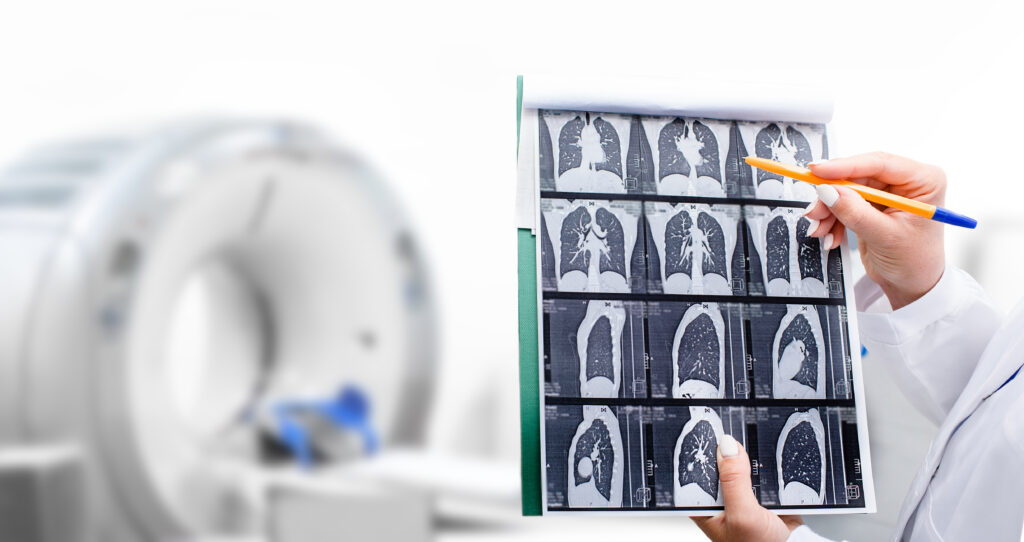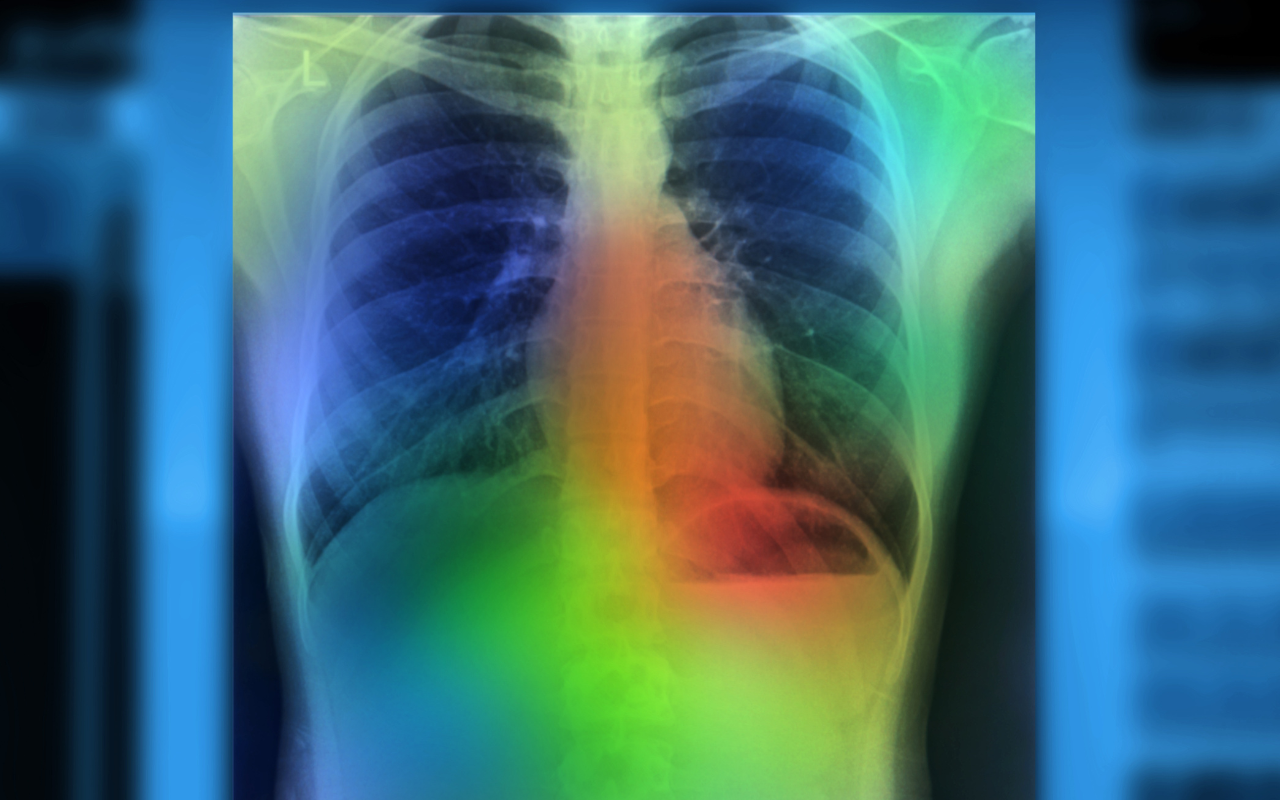More than 500 lives could be saved each year through the Australian Government’s new National Lung Cancer Screening Program, which advocates have described as “world leading”.
The Australian Government’s new $263.8 million National Lung Cancer Screening Program puts Australia at the forefront of this type of screening, according to the Lung Foundation Australia.
The program is informed by a partnership between the Department of Health and Aged Care, and the government’s lead national cancer control agency Cancer Australia, which has been working to determine the feasibility of such a program since July 2021.
The Medical Services Advisory Committee has also provided advice for introduction of the program.
The prevalence of lung cancer
Lung cancer is the most common cause of cancer death in Australia, with an estimated 8664 people dying of the disease in 2022.
Since symptoms can be vague or not present during early stages of the disease, lung cancer is often diagnosed late once the disease has already spread.
Consequently, lung cancer has one of the lowest survival rates of any cancer in Australia, with only 15% of people expected to survive five years after diagnosis.
The new program
The screening program will target high risk individuals (smokers and ex-smokers) where early detection of lung cancer will be carried out through the use of low dose computer tomography (LDCT). It is proposed that the program will use existing LDCT infrastructure and expertise to support a national roll-out of the program.

Lung Foundation Australia Chair Professor Lucy Morgan has welcomed the announcement.
“A National Targeted Lung Cancer Screening Program is the first major cancer screening to be implemented in Australia in decades and will undoubtedly follow the success of breast, cervical and bowel cancer screening,” Professor Morgan told InSight+.
“It puts our nation back at the forefront when it comes to saving lives which would otherwise be lost to lung disease and lung cancer.
“Other countries have been exploring and piloting lung cancer screening, but the program that is soon to be implemented in Australia will be world leading, which is very exciting.”
By increasing detection of lung cancer in its early stages, the screening program will increase the likelihood of successful treatment and improve lung cancer outcomes.
It is expected to prevent over 500 lung cancer deaths per year.
“More than hope”
“This program announcement gives much more than hope, it gives a second chance at life,” Professor Morgan said.
“A National Targeted Lung Cancer Screening Program will save the lives of 12 000 Australians over the next ten years.
“When we look at the five-year survival rate of the most common cancers, lung cancer currently experiences the lowest survival rate, but this screening program will undoubtedly increase the survival rate, with estimations indicating over 70% of lung cancer cases [could be found] at an earlier stage where improved outcomes are had.”
Helping Indigenous Australians
The program has been co-designed with the representatives from the Aboriginal and Torres Strait Islander health organisations.
Lung cancer is the most commonly diagnosed cancer among Aboriginal and Torres Strait Islander peoples and the leading cause of cancer-related mortality.
Studies show that Aboriginal and Torres Strait Islander peoples receive less cancer treatment and poorer quality of treatment even after adjusting for patient factors.
Next steps
The program is scheduled to begin by July 2025.
“[The year] 2023 has been a landmark year for lung health addressing stigma, raising awareness on the importance of good lung health, and enhancing equitable access to support services and research investment for lung disease and lung cancer,” Professor Morgan told InSight+.
“There is a lot of work to be done to establish the targeted lung cancer screening program, which will be done in consultation with a range of stakeholders including GPs.
“[The] Lung Foundation Australia is actively engaged in the process and will be ensuring a strong consumer and health professional lens is captured and considered.”
Subscribe to the free InSight+ weekly newsletter here. It is available to all readers, not just registered medical practitioners.

 more_vert
more_vert
Because this deadly lung cancer affects non-smokers almost equally as smokers, such a useful screening test will double the number of lives saved, if adult non-smokers, especially in the relevant demographic groups, are also targeted in this program.
There will be lots of follow up bronchoscopies and fine needle bx, let alone investigation of incidentalomas. What do people think is a reasonable cost per treatable cancer?
The authorities have finally realised that a CT study of the chest is the ONLY way forward for screening for OPERABLE lung cancer and it is wonderful to see such funding for this.
A simple chest xray tends to miss these small operable lung lesions. CT studies can also exclude thymomata as well as pathology just below the diaphragm. Great news. A great step forward in modern medicine.